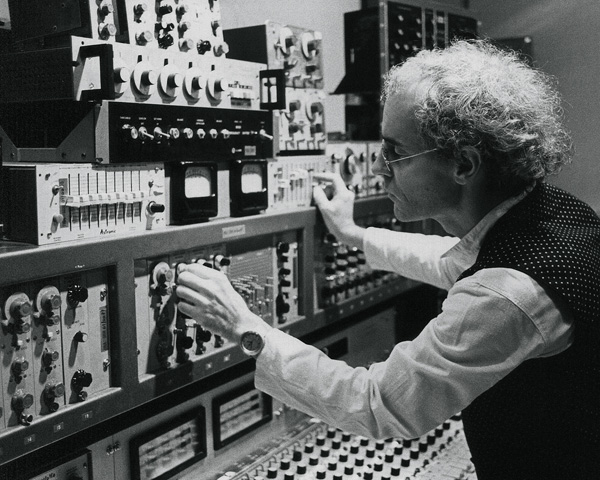L’opera più rappresentativa di François Bayle (di cui abbiamo già parlato qui) messa in linea da Avant Garde Project. Ve la presentiamo qui in un’unica playlist della durata di circa 37′.
L’intera composizione può essere scaricata in formato flac da AGP sia in 16 che in 24 bit.
Lo schema del brano, tratto dalle note di programma, è il seguente:
- Appel…
- …aux lignes actives
The simplest concrete element, the line, thin and melodic arrives fastest at an abstraction of qualities. Active, passive, or intermediate, the true line is, according to Klee, the line subjected to a strong tension. - …aux notes repetées
Brief, equal, clear values scrabled by the patter of bells emitting call signals. Rigid, transposed, very tense repetition. Followed by a third, deep, abbreviated repetition. Transition, interrupted rubato. - …au jardin
A polyphony of space and colors. Contrast between very brief, delicate fragments–dry versus fluid – and ample quivering sheets having harmonic colors – static versus moving. - …figures doubles
Combination of symmetries. Two contrasting parts – like male and female – organized in series of paired cells. These are varied up to the eighth repetition, where the first element is then brought to a completion. The mirror-repeats are enriched with successive transformations through added harmonics.
Then a new, very dynamic element appears – a man’s mask bringing tidings… - …grande polyphonie
A brief moment in the guise of a preface prepares the final “rappell”. Seven interconnected sections [a me sembrano 5, nota mia; le sezioni sono 7 in tutto] – though it is not immediately clear how they are related. Various sound signals are heard at frequent intervals, making it manifest that the role of the previous polyphonies was to lead up to the final combination. This makes it possible to listen in a musical way with a great deal of freedom, independence, superposing different voices. All the sound spaces used here resemble each other, from the more artificial and abstract ones to the totally concrete ones, which range from bird calls and songs to human calls and songs.
And finally, the initial call signal dissolves in a long breath, - Rappell…

